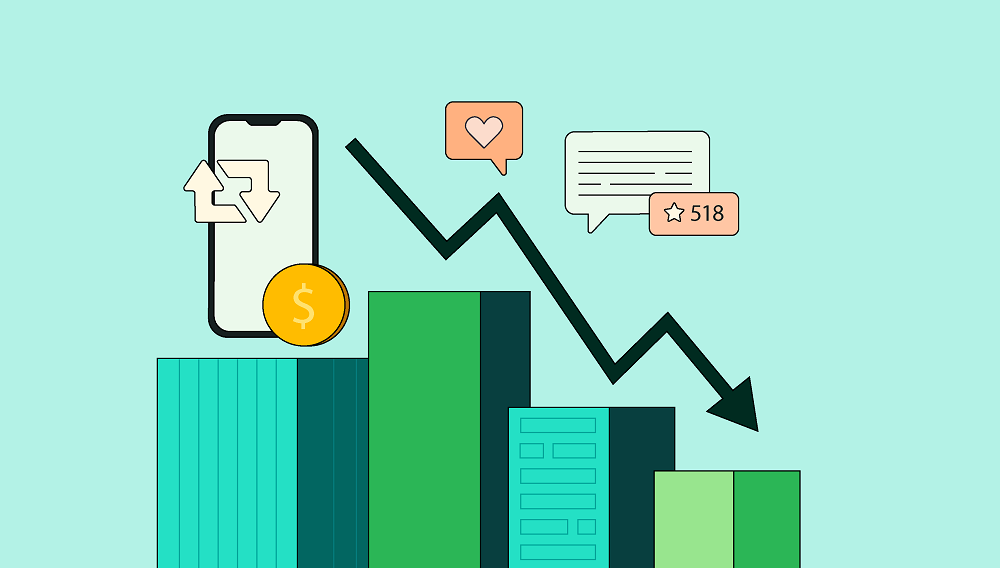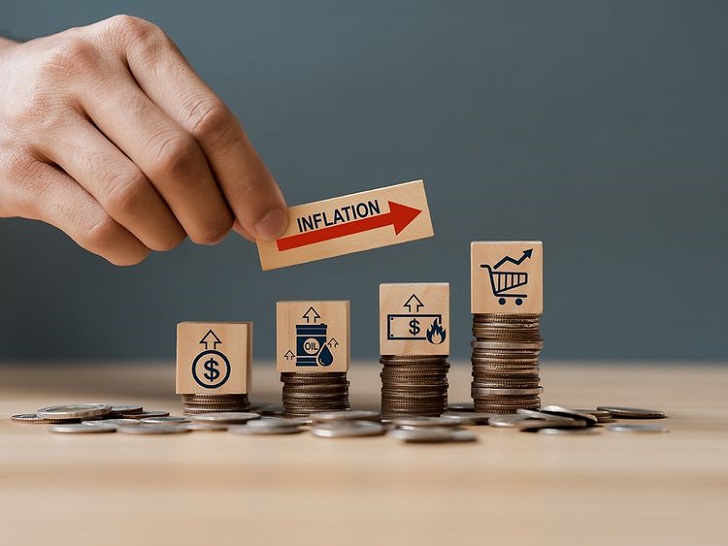Deflation is an economic phenomenon that occurs when the overall price level of goods and services in an economy decreases over time. This means that the purchasing power of money increases as the value of goods and services falls. Deflation is the opposite of inflation, characterized by a general increase in the price level of goods and services.
Causes of Deflation

Deflation can be caused by several factors, including decreases in aggregate demand, increases in productivity, and decreases in the money supply. When there is a decrease in aggregate demand for goods and services in an economy, firms may be forced to lower their prices to attract customers.
This can lead to a downward price spiral as firms continue to lower prices to maintain sales. Similarly, productivity increases can lead to decreases in the cost of production, which can lead to lower prices for consumers. Finally, decreases in the money supply can lead to deflation, as less money is available to purchase goods and services.
Effects of Deflation
Deflation can have several effects on the economy, some of which can be positive and some negative. On the positive side, deflation can increase consumer purchasing power.
This means that consumers can buy more goods and services for the same amount of money, leading to increased consumption and economic growth. In addition, deflation can lead to increased investment, as firms may be more willing to invest in projects with a higher expected return due to the lower cost of borrowing.

On the negative side, deflation can lead to decreased economic activity and lower employment levels. When prices are falling, consumers may delay purchases to get a better deal. This can lead to decreased consumption, reduced production, and lower employment.
In addition, deflation can increase the debt burden, as the actual value of debt increases as prices fall. This can lead to defaults on loans and decreased lending levels by financial institutions.
Impact of Deflation on Different Sectors of the Economy
Deflation can have different impacts on different sectors of the economy. For example, deflation can be particularly harmful to industries with high fixed costs, such as manufacturing. In these industries, a price decrease can lead to decreased profits and potential bankruptcies.
In addition, deflation can be harmful to sectors that rely on debt financing, such as real estate. As the real value of debt increases with deflation, it can become more difficult for these sectors to service their debt, leading to defaults and foreclosures.
However, deflation can also positively impact specific sectors of the economy. For example, deflation can benefit consumers and industries that rely on consumer spending, such as retail.
As the purchasing power of money increases, consumers may be more willing to spend money, which can lead to increased sales for retailers. In addition, deflation can benefit industries with high levels of competition, as firms may be forced to lower prices to maintain market share.

Central Bank Response to Deflation
Central banks are typically responsible for maintaining price stability in an economy. When faced with deflation, central banks may take several actions to combat the decrease in prices.
One common strategy is to lower interest rates to stimulate borrowing and investment. In addition, central banks may engage in quantitative easing, which involves purchasing assets such as government bonds to increase the money supply and stimulate economic activity.
Finally, central banks may engage in forward guidance, which consists in signaling their intentions regarding future monetary policy to influence the expectations and behavior of the market.




